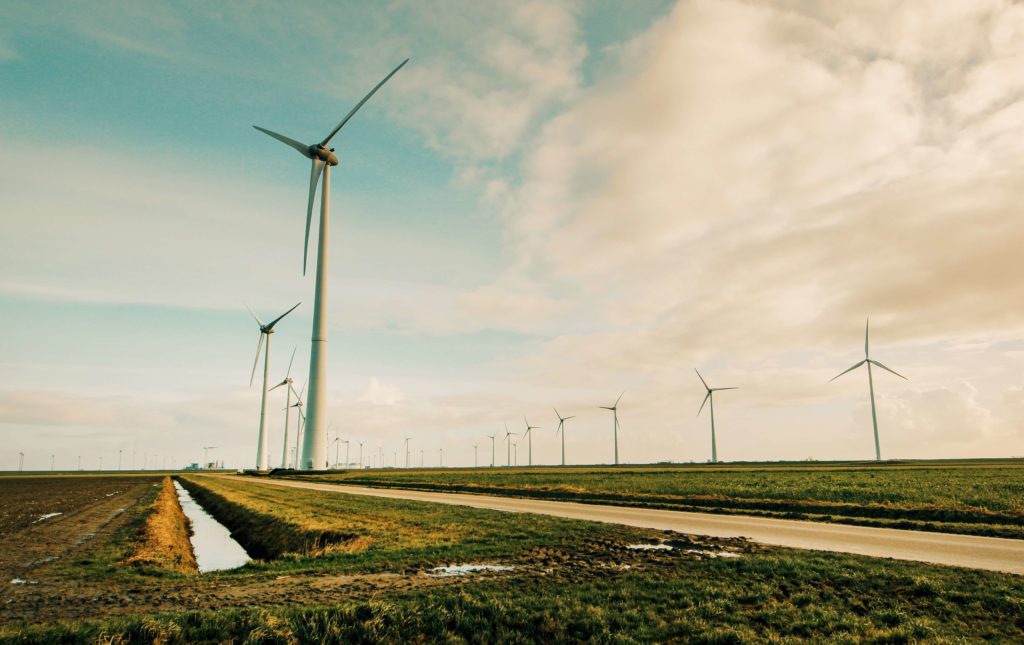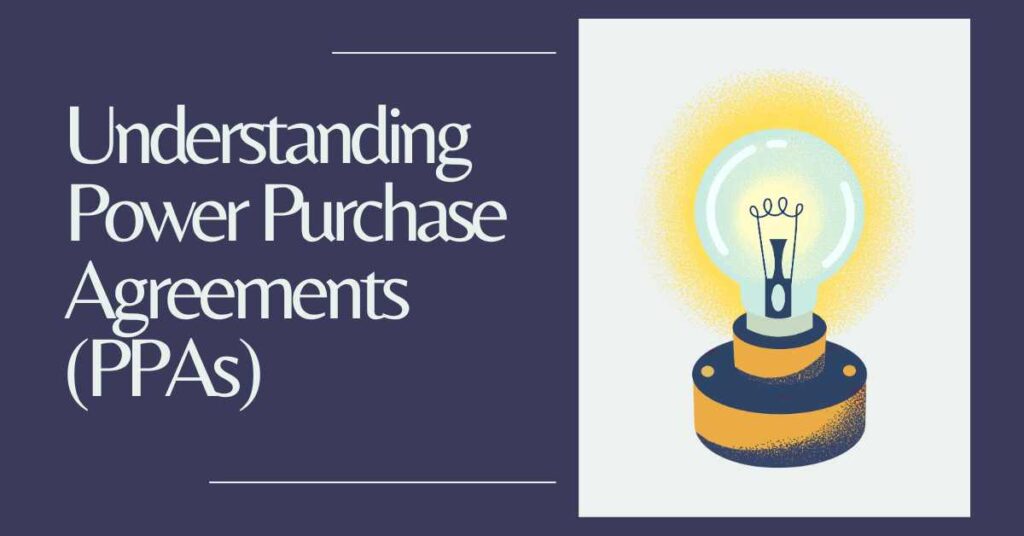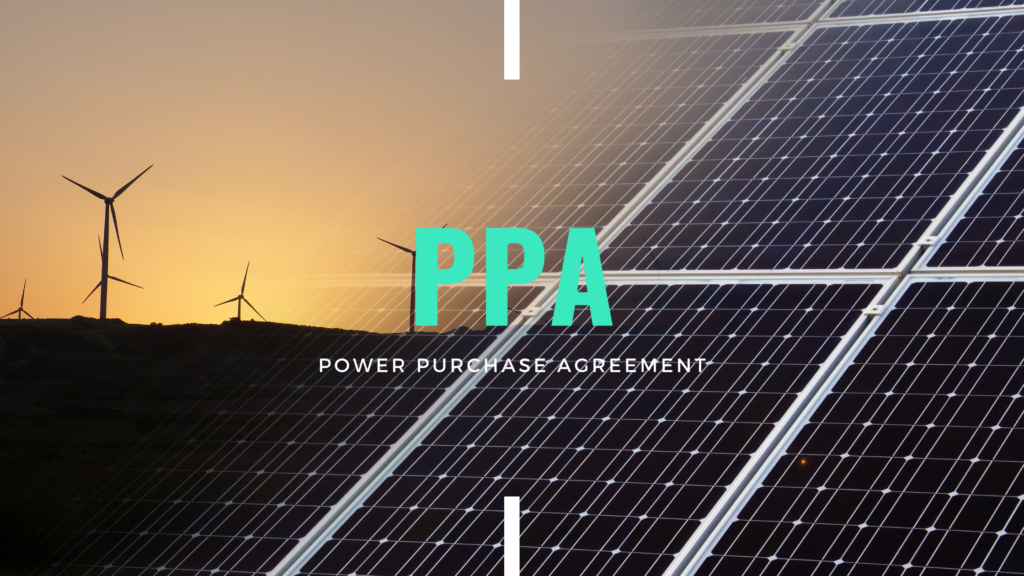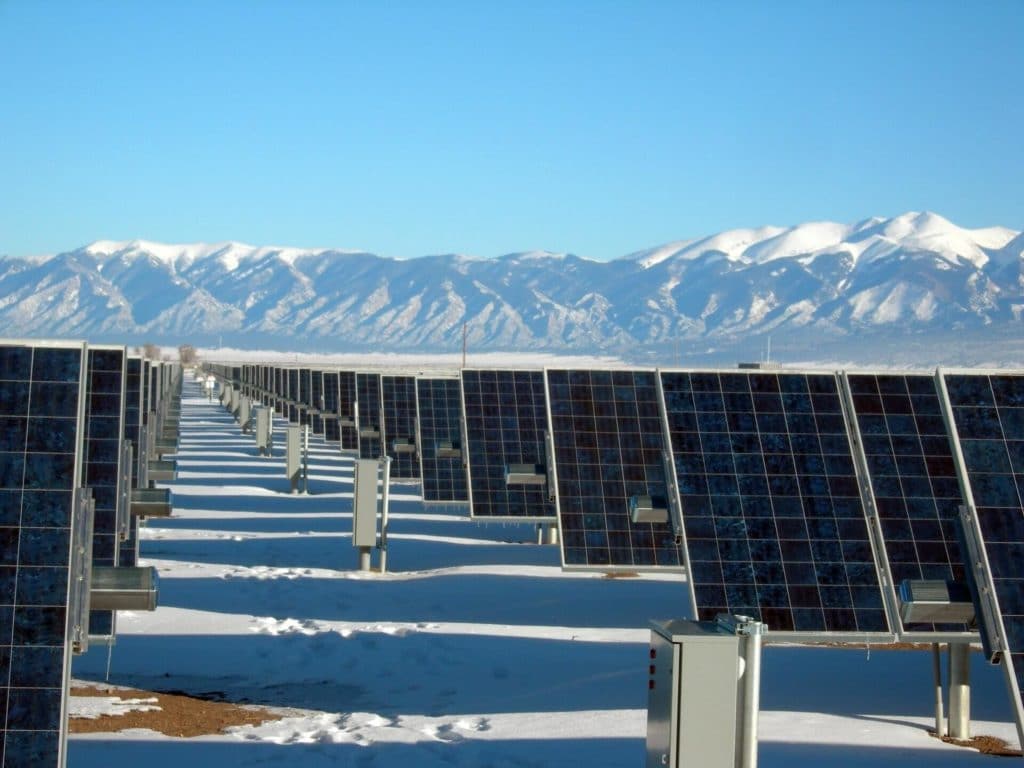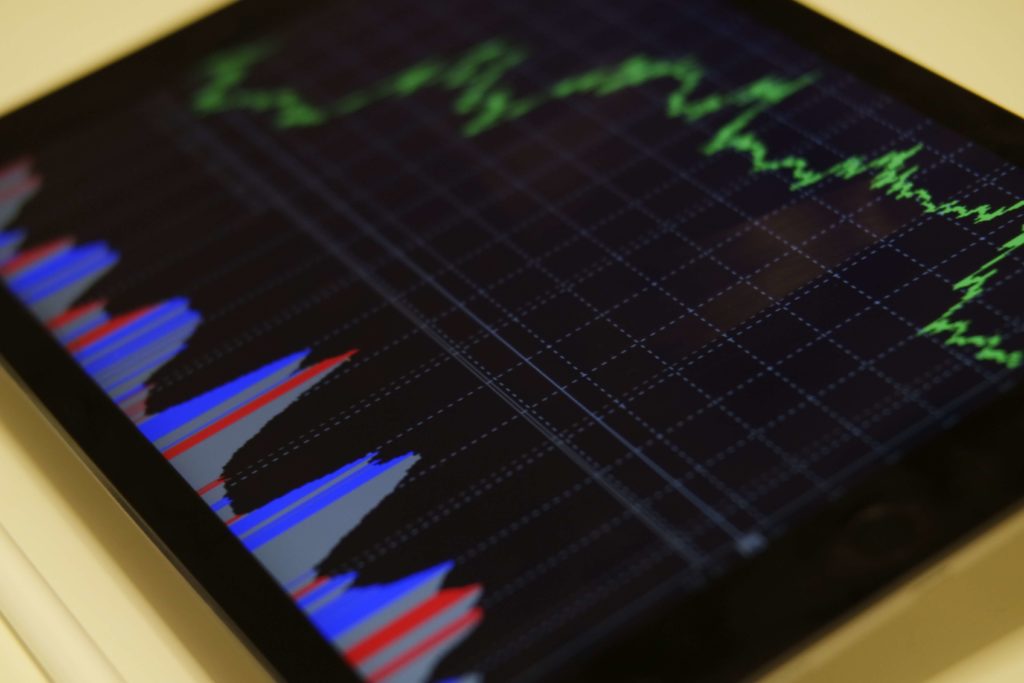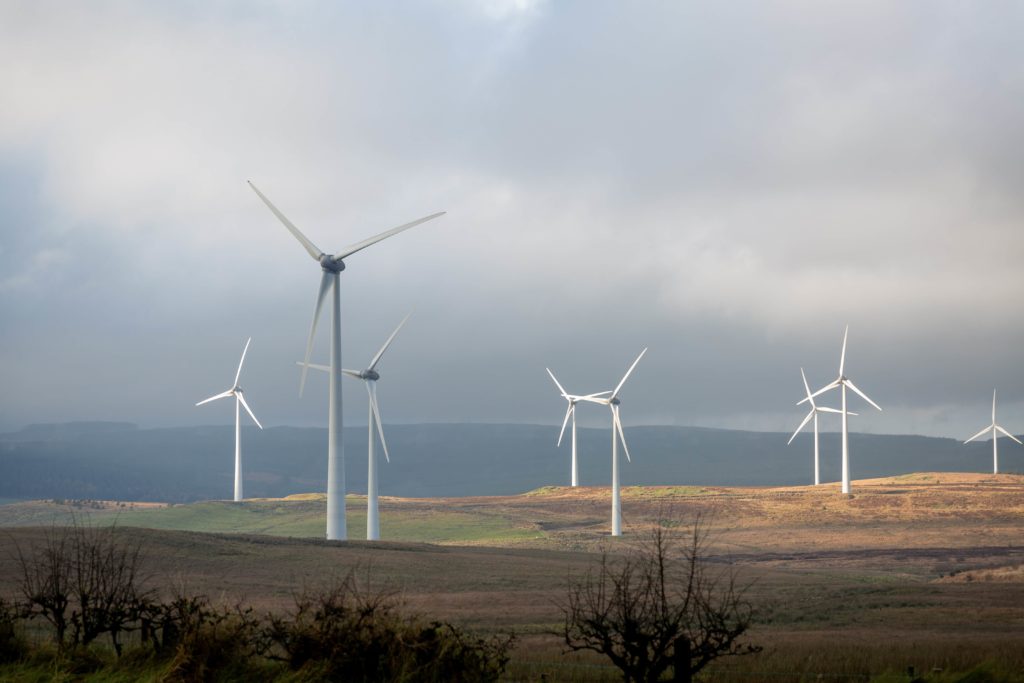Table of Contents
What is PPA contract structure?
PPA contracts are an appealing solution to market uncertainty for both the corporate consumer and the developer. They achieve several objectives, including financial access, carbon reduction, price and income predictability, supply security, and risk management. A fundamental benefit of a PPA contract for renewable developers and their financiers is stable long-term revenue. PPA contracts guarantee the revenue stream of a project’s future energy generation. These are necessary to provide third-party lenders with the assurance needed to allow developers to secure project financing and construct the projects.
However, there’s no standard best PPA contract solution in the market. Each PPA contract is tailored to suit your business needs. There are different PPA contract architectures in Europe, including different tenors, volumes and pricing structures. These can be structured as physical or financial PPAs. Both structures achieve the same result for the off-taker in delivering renewable certificates from a specific renewable asset at an agreed price. You can read about different types of PPA contracts in the article here.
Today, we will discuss the most popular contract architectures using the Spanish market as an example because the Iberian PPA market is one of the most attractive and competitive markets in the whole of Europe. However, similar structures can be applied in other European markets.
First, we need to understand common PPA contracting parties: Electricity Supplier, PPA Buyer, PPA Generator, Balancing Services Provider and EEX/OMIP as a clearing-house. Please note that a Balancing Services Provider is the same entity as the Electricity Supplier in some cases.

Structure 1 (Physical PPA) | Sleeving a PPA to the Buyer’s incumbent supplier


The transaction details:
- Buyer and PPA Producer (SPV) sign a PPA agreement. They are settling energy profile, price, duration, etc.
- The Producer and the Supplier sign a contract in the wholesale market. At the same time, the Buyer and the Supplier sign a contract in the retail market. Both contracts have the same duration, which can be shorter than the duration agreed in the PPA.
- The Producer agrees to nominate the physical energy to the Supplier.
- The Buyer will sign an indexed contract with the Supplier. E.g. the price of the electricity will be calculated as the energy consumed multiplied by the daily market price at OMIE. Ancillary Services and regulated costs will be paid on a pass-through basis contract.
- The Buyer is hedging the market price with the PPA. This hedge can be complemented with baseload SWAPS provided by the Supplier.
- The Producer and the Buyer settle the PPA contract as a contract for difference on an OMIE strike price or floating within an OMIE cap/floor. The contract works as a financial PPA, with the particularity it has a “mirroring” physical flow: the SPV energy is nominated in the wholesale market to the Supplier serving the Customer. This should reinforce the self-consumption of IFRS exemption on financial PPAs. However, it should be analyzed in further detail whether IFRS and REMIT/EMIR obligations would apply or not.
- In the event the Producer (SPV) cannot nominate its physical energy to the Supplier, the scheme is a regular financial (virtual) PPA as explained below.
Structure 2 (Physical PPA) | Sleeving a PPA via EEX/OMIP power registration platform


The transaction details:
- All steps are similar to Structure No 1 above except for an introduction of a new counterparty BSP.
- PPA Developer and/or a Buyer could work together to appoint a balancing services provider (BSP). Typically, a PPA Producer would have the right to choose his preferred BSP company to deliver the as nominated profile in EEX/OMIP to the Buyer’s Supplier.
- The PPA is signed between the Producer and the Buyer.
- BSP signs on behalf of the Producer the bilateral contract on EEX/OMIE with the Buyer’s Supplier. BSP does the nomination of physical energy to the Supplier to deliver the energy. Price as specified in the PPA agreement.
- Note that BSP may subcontract all operative works to a third party according to a power of attorney.
- The Buyer pays its Supplier the agreed price for electricity and GOs. Then the Supplier pays the BSP agreed PPA price. Eventually, the BSP pays the PPA producer at the agreed price, minus shaping and balancing fee.
Structure 3 (Financial PPA) | Financial (Virtual) “as generated” PPA without physical delivery of power


The transaction details:
- Buyer and PPA Producer (SPV) sign a Financial PPA agreement as a Contract-for-Difference (CfD) indexed to OMIE wholesale market price. Settling energy profile, price, duration, etc.
- The physical contract by the Buyer ideally should be priced on the same variable of the financial PPA. The most operative structure for this solution is OMIE indexing in Spain.
- The Producer delivers the agreed electricity volume to the wholesale power market via its Route-to-Market Supplier.
- This case is very similar to Structure No 2, except that there’s no physical power delivery to the Buyer’s supplier. Instead, the energy generated is sold to the EEX/OMIP market.
If you want to learn more about Physical and Financial PPA and what is the best renewable option for you, please check my other article here. If you liked this article, please comment here below!
For those interested in delving deeper into the procurement of renewable electricity through Power Purchase Agreements, there’s a comprehensive book available for further exploration of the topic.


